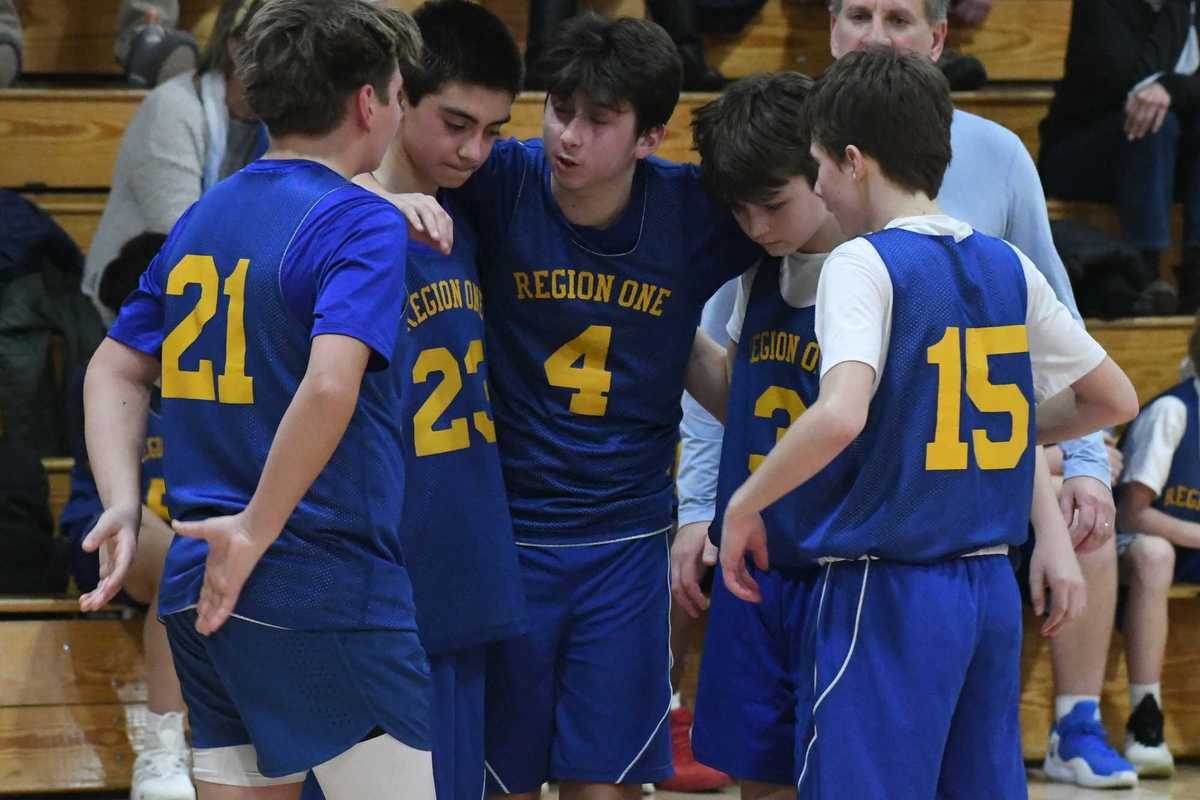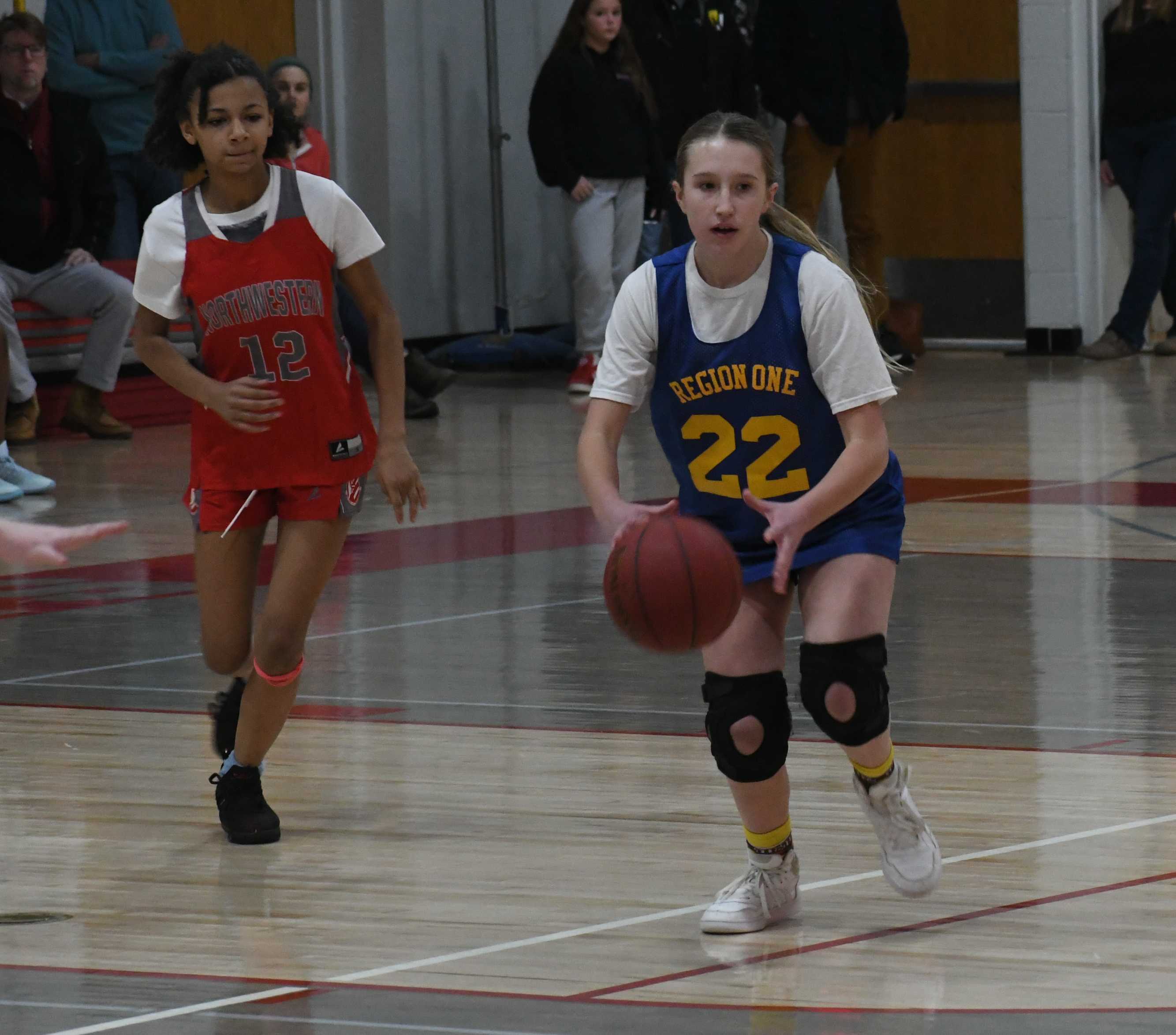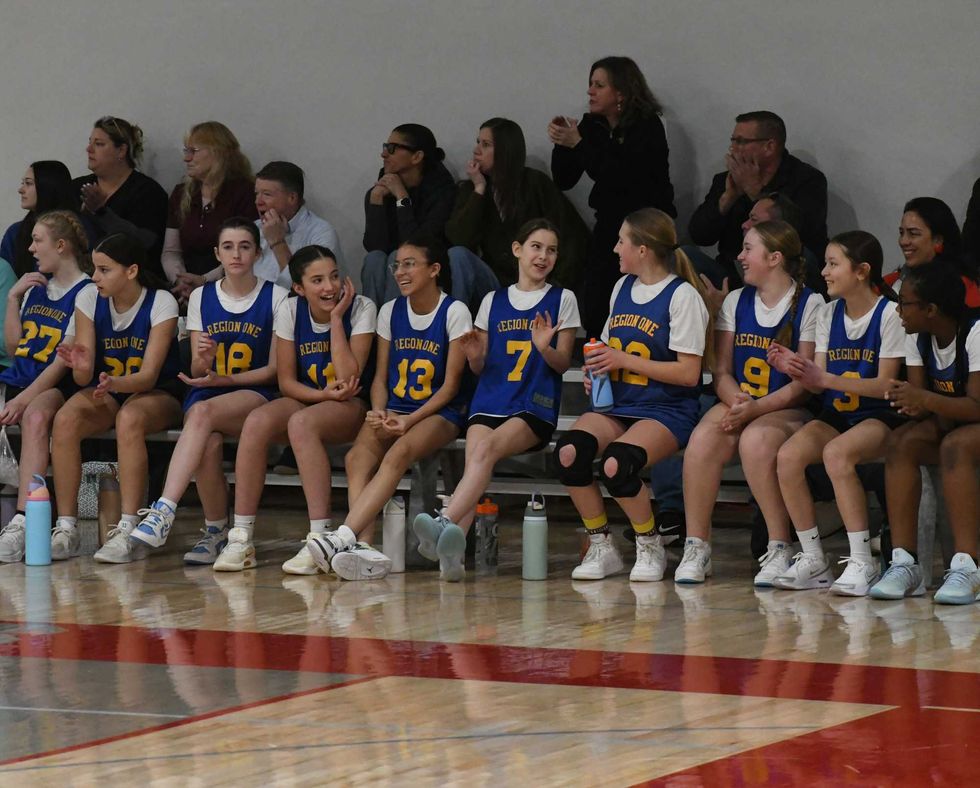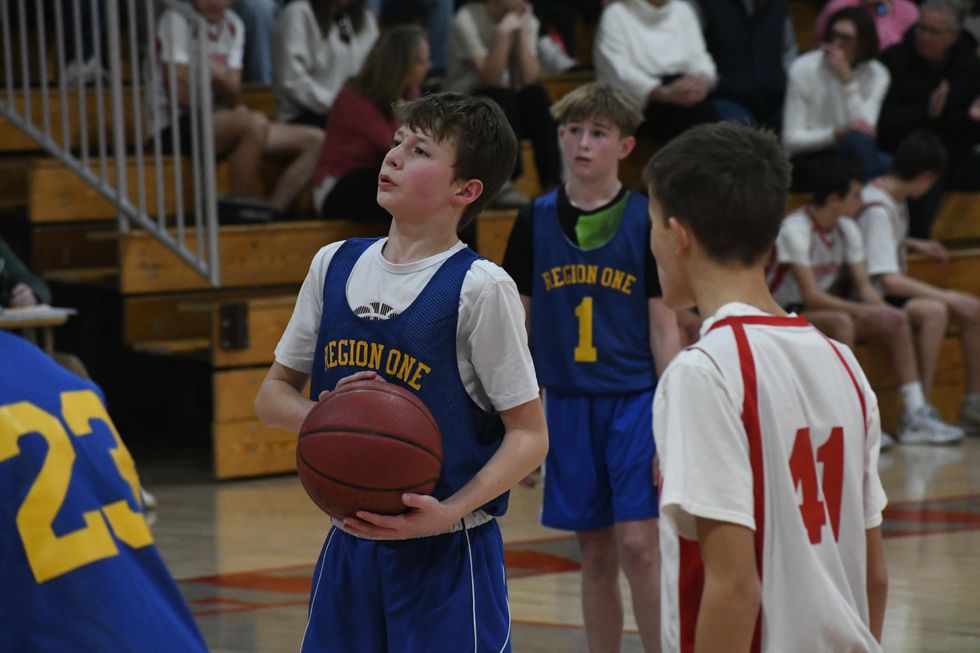There was a time when obtaining a protective mask to combat the spread of the coronavirus was almost impossible. That time has passed. Today, as more than half the country requires citizens to wear them, masks have become essential and almost a fashion statement.
Back in March of this year, as COVID-19 raged across the country, first responders were desperate for all kinds of protective gear. In the Berkshires, where I sit, a cottage industry developed. Volunteers on home sewing machines were producing masks and delivering them to the local hospitals. Various small businesses around the nation were also producing masks. Originally, their motives were purely altruistic, simply to help out a nation in need.
At the time, despite the fact that these masks were not all that effective in protecting nurses and other medical personnel from the coronavirus, it was the thought that counted. For the population at large, these cloth masks were better than nothing.
As time went by, some small businesses began to realize that the pandemic was here to stay, at least during the next several months; it would be no flash in the pan. All across the country, beleaguered small-business owners began to produce masks with the help of 3-D-printing, as well as good old-fashioned human labor.
In the meantime, the large companies that produce masks for the medical community revved up production. For the most part, most of us no longer have a problem obtaining those medical masks in pale blue or white that one normally sees in hospitals. While these masks are touted to be the best, as far as preventing the spread of viruses, they leave much to be desired.
I found, for example, that many of the traditional medical masks happen to fog up my glasses when I go into the supermarket. Picture me, groping around for a shopping cart, while trying to unfog my glasses, so I can see. I expect that problem might get worse as the cold weather hits. Then there is the smart phone issue. Facial recognition doesn’t work well when I wear a mask, so I am faced with either removing the mask or tapping in my cell phone password in the middle of whatever I am doing.
It seems to me that it is only a matter of time before some enterprising small-business person figures out a solution to this and other shortcomings of wearing a mask. They already sell masks that seem to solve the fogging problem. New materials and designs are also helping with the fit and comfort. Many of the new masks are also wash-and-wear, since they are now in daily use in so many locales as well as an essential health item.
Masks have also become somewhat of a fashion statement; in the same way that eyeglasses come in all shapes, sizes and designs, masks are coming of age. If you surf the internet, or browse through the pages on Facebook, it seems that every other ad is hawking a different face mask. You can pick from dozens of colors, designs and fashion motifs. Paisley, polka dots, stripes and circles with art motifs, images of your favorite pets, sports teams, cities and states. Almost all the photos in the media today feature celebrities, politicians and other personalities sporting all kinds of colorful or inspirational masks. Many masks are now statements — Trump or Biden masks, American flag masks, BLM masks, etc. In fact, I just ordered a couple of Halloween masks for fun.
Etsy, the online marketplace for crafters and mom-and-pop businesses, has identified face masks as one of its hottest new product lines. In their latest quarter, Etsy management said that there were 110,000 Etsy vendors in the latest quarter that sold a total of 29 million face masks worth $346 million. That represented 14% of all sales in that period for Etsy.
Some analysts estimate we could see $1 billion to as much as $9 billion in sales by next year. That assumes that roughly half of the U.S. population will be wearing a reusable mask by this time next year. With those kinds of forecasts, it is no wonder that some of the largest retailers such as Walmart, Target and Gap, have decided to join the trend. However, Asian importers, who can underprice American companies easily, are already starting to steal away market share.
Whether or not face masks will remain a new item in the American wardrobe depends on the virus. If a vaccine is found that eradicates the coronavirus, then all bets are off. But in the meantime, the masks have been a godsend for some of our struggling small businesses.
Bill Schmick is registered as an investment advisor representative of Onota Partners, Inc., in the Berkshires. Bill’s forecasts and opinions are purely his own and do not necessarily represent the views of Onota Partners, Inc. (OPI). None of his commentary is or should be considered investment advice. Email him at bill@schmicksretiredinvestor.com.





 The Region One middle school girls basketball team played Northwestern Jan. 15.Photo by Riley Klein
The Region One middle school girls basketball team played Northwestern Jan. 15.Photo by Riley Klein










Mask mania helps small business